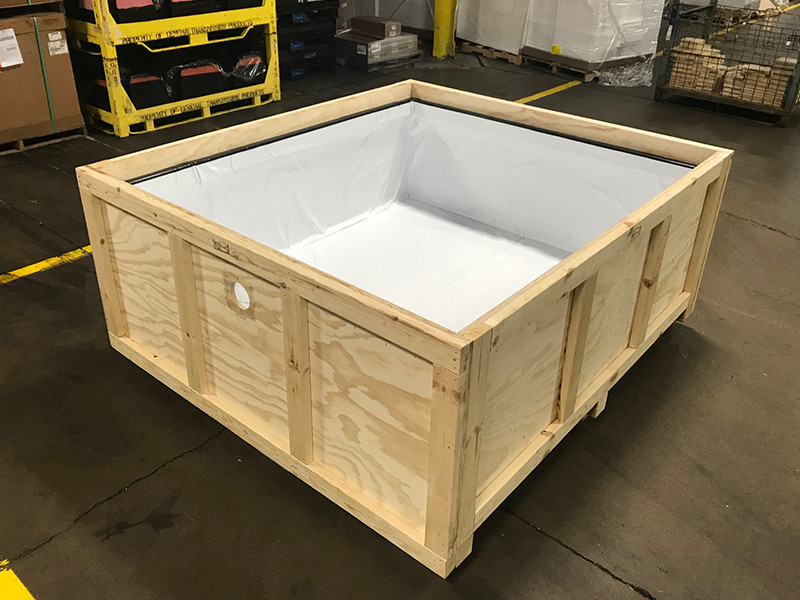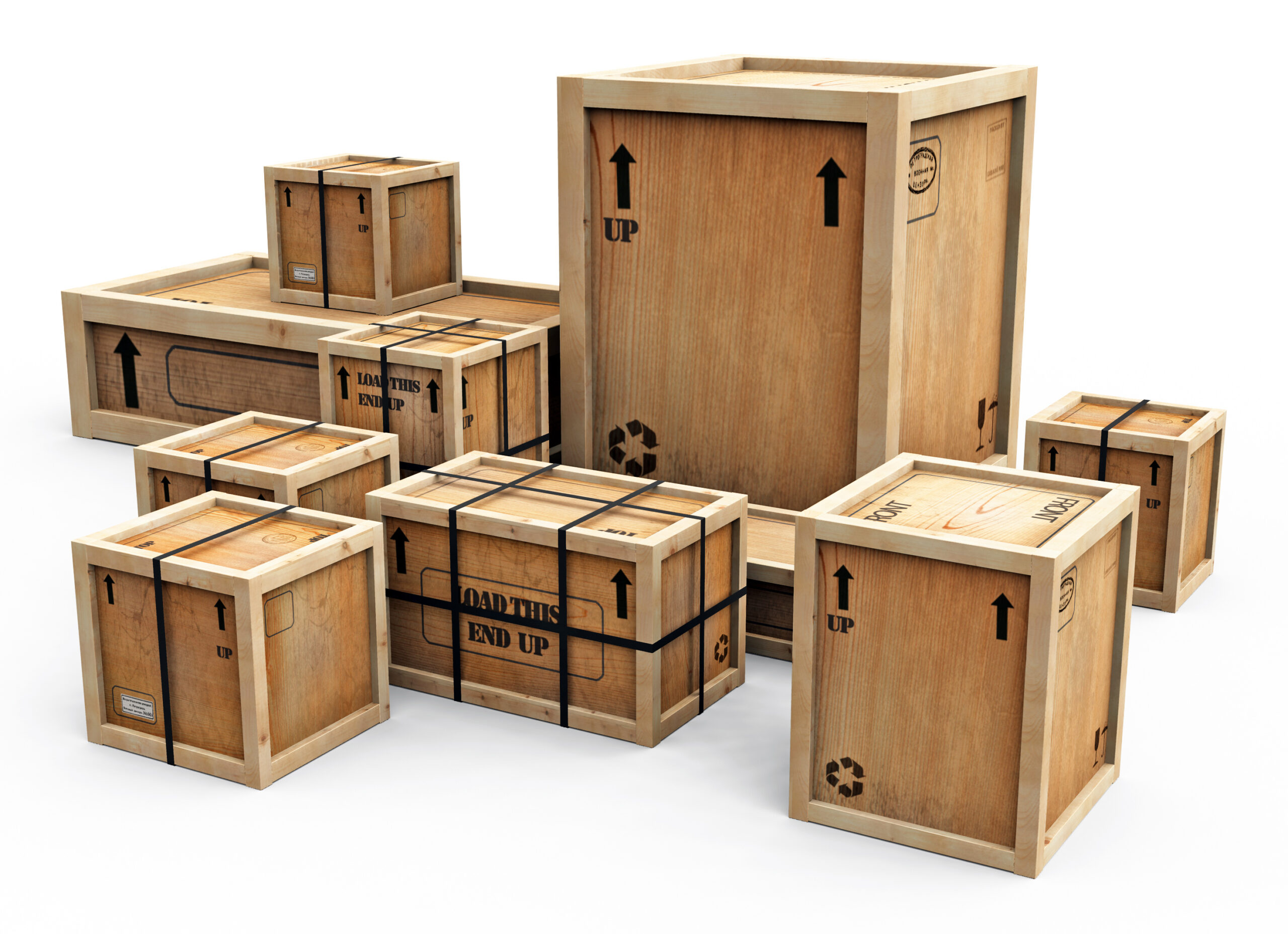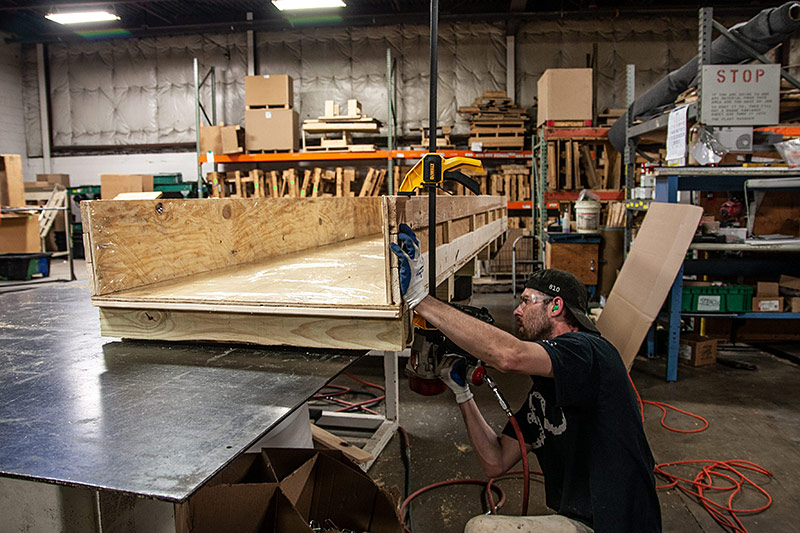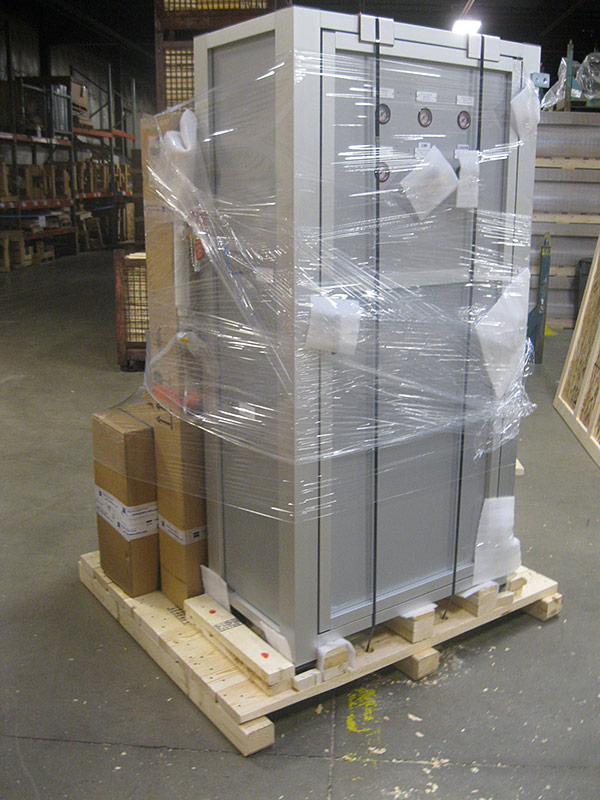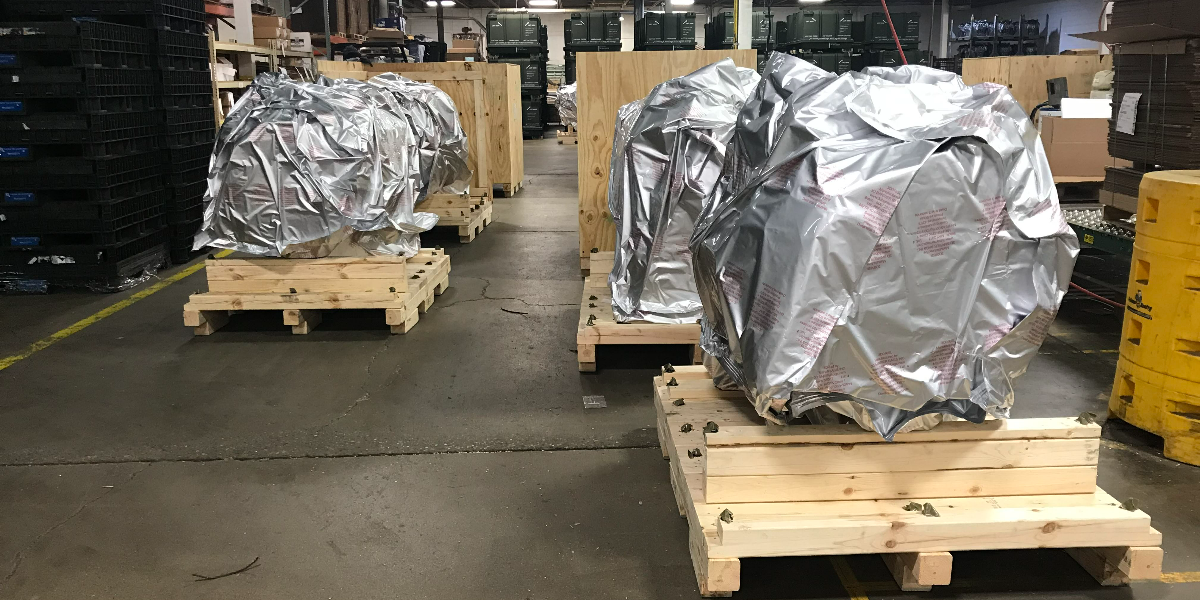Packaging engineering is a crucial discipline of logistics, focused on designing and developing packaging that effectively protects goods during transportation. This discipline is not just about encasing an item—it’s a strategic process that addresses the challenges of physical impacts and other potential threats. It generally involves meticulous material selection, thoughtful structural design, and careful consideration of environmental factors.
Simply put, if your goal is to reduce costs, ensure compliance, and protect your items, you need to work with a packaging engineer.
In this article, we’ll cover the basic principles of packaging engineering, why working with a professional is important, and how professionals approach packaging design.
Understanding Materials Science
Material selection is a cornerstone principle in packaging engineering, especially when designing tertiary packaging, the outermost layer.
The materials in tertiary packaging must be robust enough to withstand the stresses of transportation, such as stacking pressure, vibrations, and impacts, yet light enough to not excessively add to the shipping costs.
Wood, for instance, is a popular choice for pallets and crates because it is strong, durable, and naturally resistant to impacts, making it ideal for heavy or bulky goods. However, it can be susceptible to moisture and pests, requiring treatment or specific design considerations for certain types of cargo.
Comparatively, metal offers unparalleled strength and protection and is often the go-to material for extremely heavy or high-value items. Metals like steel and aluminum can withstand severe conditions and are unaffected by pests or most environmental factors. However, their weight and cost can be prohibitive, making them less suitable for larger-scale or cost-sensitive shipments.
Furthermore, packaging engineering also involves using several techniques to shape and form materials, including extrusion, thermoforming, molding, and high-speed fabrication. The complexity of the packaging design and the materials being used will determine which techniques are needed to create the packaging.
Saving Space & Reducing Excessive Materials
Another fundamental principle of packaging engineering is the efficient use of space and the reduction of excess materials. This aspect isn’t just about minimizing costs but also about enhancing the sustainability and efficiency of the packaging.
Efficient space usage involves creating packaging that fits the product precisely, eliminating unnecessary voids, and reducing the need for additional cushioning or fillers. Reducing excessive materials goes hand in hand with effective space usage, as it involves selecting the right materials that provide maximum protection with minimal bulk. The goal is to strike a balance between safeguarding the product and avoiding over-packaging, thus reducing the environmental footprint and transportation costs. This principle is especially important these days when sustainability is becoming increasingly important to businesses.
Ensuring Quality & Compliance Through Testing & Simulation
Lastly, one of the most important principles of packaging engineering is testing. This principle isn’t just a procedural step—it’s a fundamental part of the design process because it helps ensure the packaging can withstand real-world stresses.
Testing and simulations involve subjecting packaging prototypes to various scenarios that mimic the conditions they will face during transit. This includes drop tests, vibration tests, compression tests, and environmental simulations, which assess the package’s resilience to impacts, constant movements, weight loads, and temperature and humidity extremes.
Engineers can identify potential weaknesses by testing prototypes and optimizing the design accordingly.
Compliance with industry standards and regulations is also a key aspect of this testing process, as it ensures the packaging meets physical requirements for protection while adhering to legal and environmental guidelines.
Challenges of Packaging Design & Engineering
One primary challenge of packaging engineering is balancing functionality with cost-effectiveness, as both are critical to businesses. Understanding this balance requires a nuanced understanding of materials and design methods. Professionals in this field are skilled at navigating these nuances and can ensure packaging meets performance requirements without unnecessarily inflating costs.
Another challenge is keeping up with the ever-evolving regulatory and environmental standards. The increasing demand for sustainable packaging solutions adds another layer of complexity. Packaging engineers keep up with regulatory changes and understand how to integrate environmentally friendly practices into packaging design.
Lastly, product diversity is a challenge in packaging design. For example, packaging requirements for turbine blades will vary wildly from bulk bearings.
Airplane turbine blades, with their elongated shapes and finely machined surfaces, must be protected from any form of mechanical stress, such as bending or vibrations, and environmental elements, like moisture and corrosion. Custom-design supports or mounts are often necessary, ensuring each blade is held securely in place, as well as shock-absorbing materials and airtight seals.
On the other hand, packaging bulk bearings presents challenges in weight management and abrasion prevention. The packaging must be sturdy enough to handle the collective weight while preventing the bearings from moving and rubbing against each other. Solutions could include using heavy-duty boxes or bins, possibly with internal components or cushioning materials, to separate and immobilize the bearings.
Each item needs its own custom packaging solution—and that’s why engineers are so essential to the process.
Get Packaging Solutions From Export Corporation
Export Corporation has been designing and manufacturing packaging for the military, automotive, aerospace, and commercial sectors for over seven decades. We are ISO-certified, ISPM-certified, and ITAR- and SAM-registered. Our expert engineers will ensure your packaging meets regulations and provides exceptional protection while helping you reduce costs by performing Failure Modes and Effects Analysis, designing multiple project concepts, developing workflow charts, designing internal control plans, and more.
Please visit our website to learn more about our past projects and capabilities, or contact us today to schedule a project consultation.


